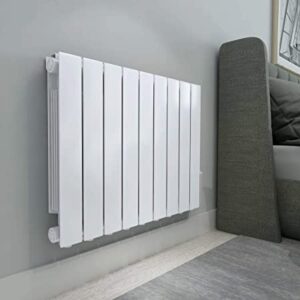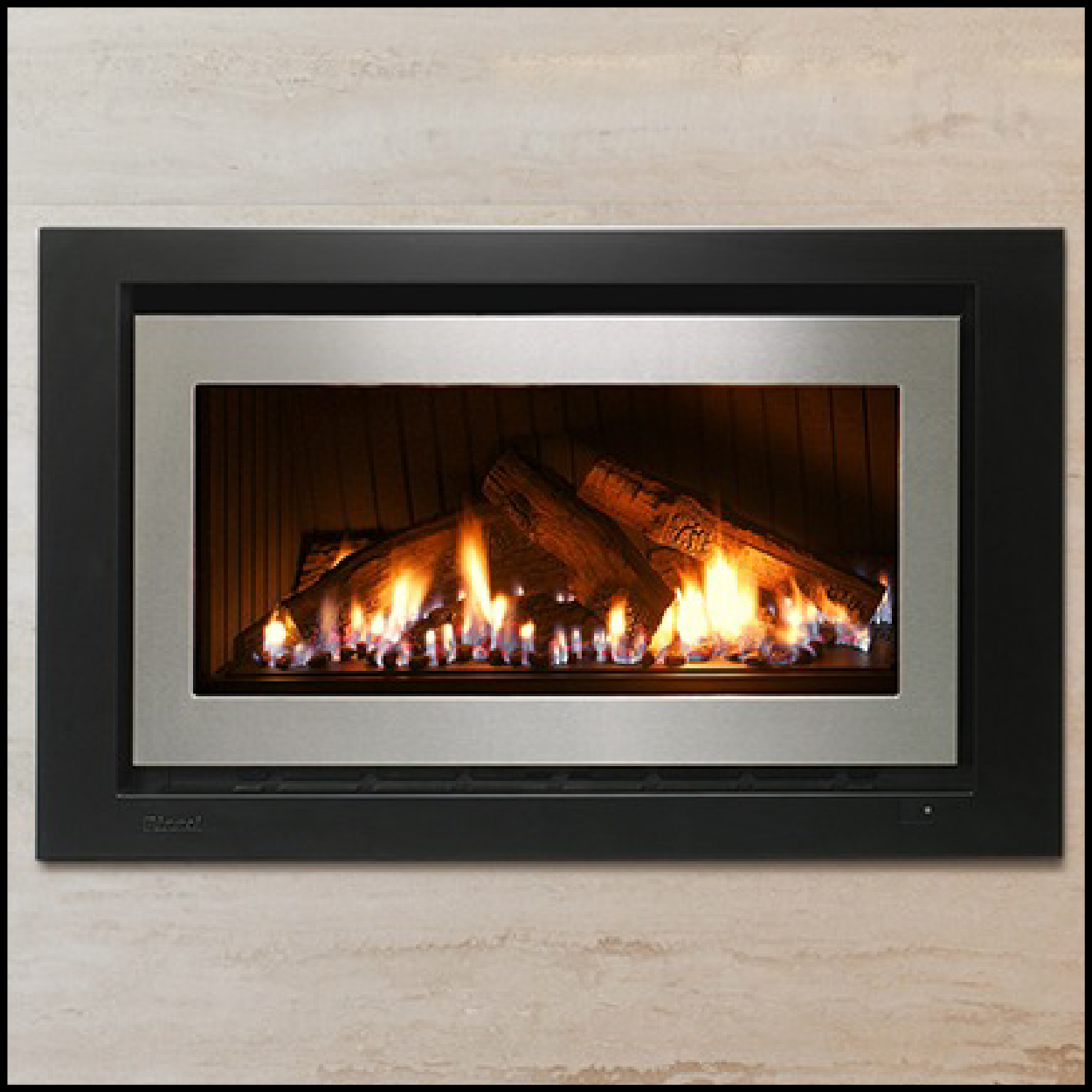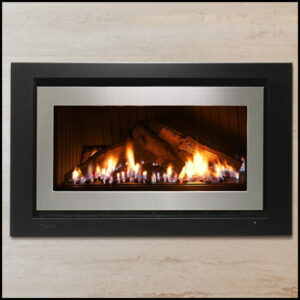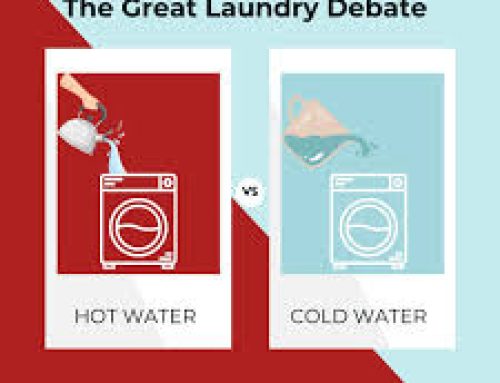Ultimate Guide in Buying Space Heaters
Winter is almost here, and it’s still pretty hard for some of us to survive cold nights and chilling afternoons, now is the time for a Guide in Buying Space Heaters.
Not only can it get uncomfortable at times, but it can also give us common illnesses such as coughs, colds, and flu that can be pretty dangerous these days.
This is why it’s essential to get a trusty heater in your house or your apartment. This is easier said than done. We know that heaters can be one of the
most challenging home appliances to purchase; that’s why we came up with the ultimate guide in buying space heaters to answer some of your frequently asked questions about them.
The truth about wall-mounted heaters
Contrary to popular belief, wall-mounted heaters are the safest and most cost-effective solution to your space heating problems.
The most common danger that homeowners face with heaters is an electrical malfunction. A short circuit mainly causes this due to incorrect voltage, faulty wirings, or exposed extension cords.
This is especially true if you need to use your heater all day during the winter season. Regular electrical connections cannot handle usage like this. Worse, this electrical malfunction doesn’t just increase your risk of damaging your heater, but it can also cause damage to your other home appliances or start a fire in your house.
This is not a problem with wall-mounted heaters. Most built-in heaters have their electrical wiring and connections, preventing them from intertwining with other appliances or getting exposed wiring. This is why they’re a lot safer than portable heaters.
Aside from this, built-in heaters are cost-effective. One built-in heater can heat an entire floor since they’re placed in strategic locations to accommodate various rooms. Maintaining this is a lot cheaper than having multiple heaters for multiple rooms.
The only downside of built-in heaters is that repairs can be pretty complicated and expensive. Sometimes, you would need to remove them from the walls where they’re installed, which can be somewhat problematic. And when done, you would need to re-install them and redecorate your wall altogether!
Should you go with wall-mounted heaters?
But does this mean that a wall-mounted heater is always the best option? Not really. 
Choosing between built-in and portable heaters doesn’t depend on the advantages and disadvantages of the two. It depends on the location of your home.
If you live in a place where wintertime can be brutal, getting a wall-mounted heater is the best option. Not only would you need it 24/7, but it’s also likely that you would also need your heater during the fall or spring season. So, getting a space heater that can heat an entire floor can be the best option.
On the other hand, if you live where cold nights are bearable, it’s best to have at least one trusty portable heater. That way, you can use it anywhere in your house, and you can easily store it when not in use.
If you’re someone living in flats or small condominium units in the city, a portable heater is also the best option. These small spaces don’t have the proper electrical connections to accommodate a built-in heater.
What should you look for in buying a heater?
Now that you already know if you should go with a built-in or a portable heater, it’s time to learn the features you should look for in a heater. Whether it’s built-in or portable, these features will ensure that you can make the most out of your heater.
- Electrical connection
As we mentioned a while ago, the electrical need for a heater can be tricky. This is why it’s the first thing you should observe when buying a heater. If you have a 500 watts power source, make sure that your heater is compatible with it. Avoid getting a heater that works only with 250 watts or 600 watts as they may cause a short circuit to the connection.
- Ceramic heater
As much as possible, go with portable heaters made of ceramic heating systems. This kind of heating system produces heat through positive temperature coefficients (PTC), deemed safest in enclosed spaces such as your house. They can quickly decrease their temperature when adjusted or when not in use, thus, making them safe for storage.
- Overheat sensor
Some thermostat already comes with overheat sensors which are hand-in-home use. These overheat detectors don’t just alarm you when your heater’s temperature is beyond what is intended but also automatically decrease your unit’s temperature.
This feature doesn’t just save you from feeling too much warmth in your room, but it can also save you from electrical malfunctions and unit damages.
So, thinking of changing your heater anytime soon? As long as you stick with this ultimate guide in buying space heaters, you can never go wrong!
Click Here to go to my blog page for more helpful hints and advise, for all home appliances.
Click Here to contact me to book an appointment to get all your home appliances repaired, serviced or new appliances installed.








